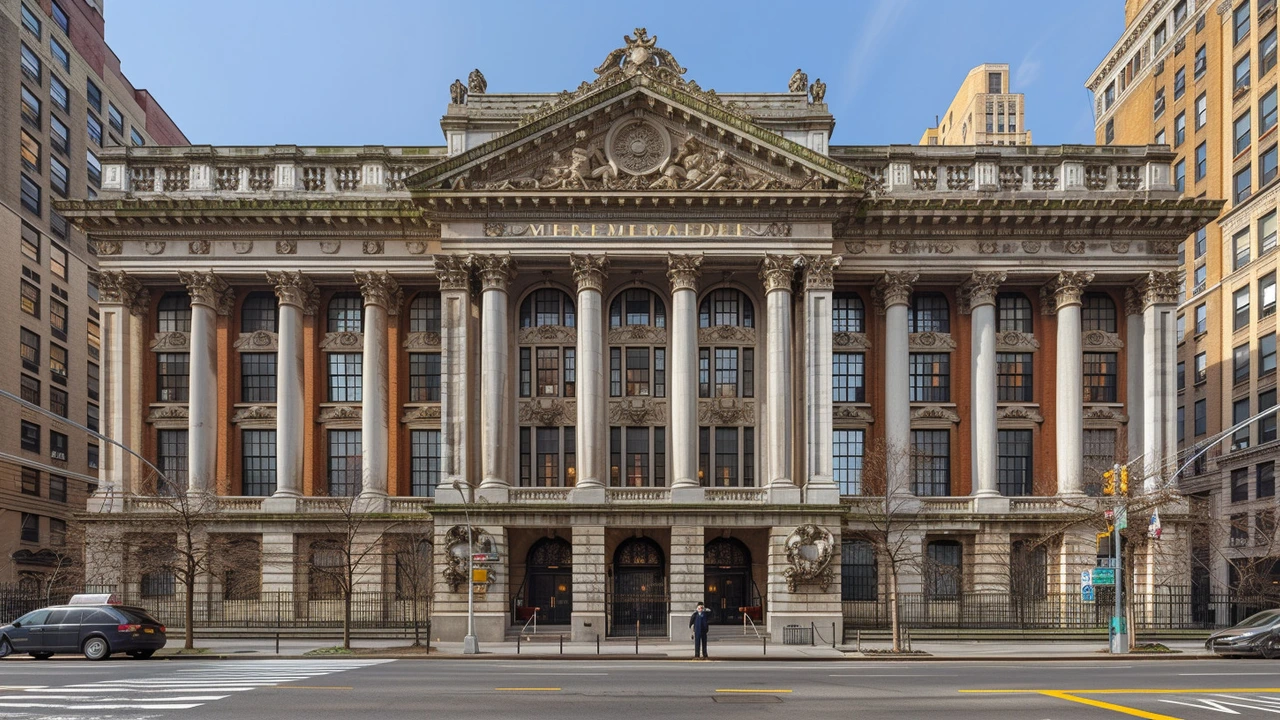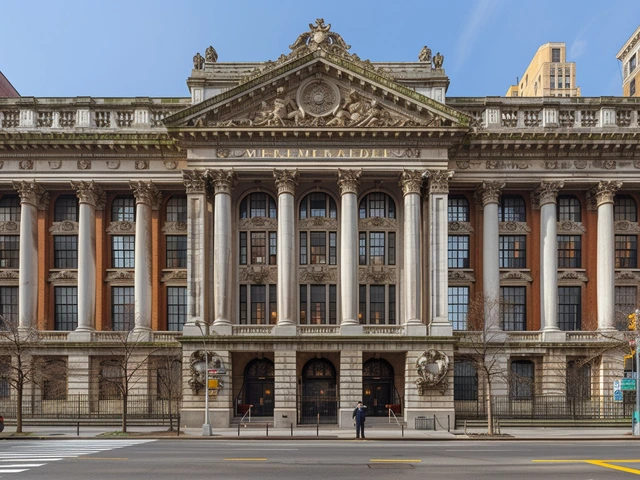The Definition of Federal Architecture
Residing in beautiful Australia, thousands of miles away from the birthplace of Federal Architecture, I often find myself daydreaming about the grand row houses of the United States' capital. As an architecture enthusiast and self-proclaimed history nerd, I've always marveled at the elegance and sophistication of Federal-style edifices. Federal Architecture, originated between 1780 and 1830, is a blend of Roman, Classical, and Georgian styles of architecture. It's mainly represented by simplicity, symmetry, and grandeur, which quickly made it a favorite among the wealthier population in the early United States. Quite interesting, isn't it?
Characteristics of Federal Architecture
Federal Architecture is often compared to a finely styled man in a perfectly tailored suit. Why such a comparison, you ask? It's because of its defining characters. These structures are typically rectangular with flat fronts and rigid geometric proportions, distinctly symmetrical much like a neatly buttoned-up suit. The hallmark characteristics of Federal Architecture include the use of Palladian windows, elliptical or circular shapes, complex color schemes, decorated fireplace mantels, and curved staircases, giving it a look of elegance and refinement. Just like how every stitch matters in a suit, every detail counts in Federal Architecture.
The Birth of Federal Architecture
If you're like me, then you're probably wondering how such a distinctive architectural style came into being. Federal Architecture was born from the Federalist Era in American history, which also influenced other aspects of culture. In architectural terms, it symbolised the new and independent nation that was the United States, infusing European architectural elements with a distinct American identity. After studying this, I couldn't help but feel impressed at how architecture could narrate the history of a country’s identities and philosophies.
Adamas Palladio: Architect behind Federal Architecture
Often I get asked, who was the Da Vinci behind Federal Architecture? It's none other than the Italian architect, Andrea Palladio. Although his hands never graced the lands of America, his illustrious influence did! Through his publications, "Four Books of Architecture", his neoclassical style which embodied proportion, symmetry, and classical orders, found its way to America. Undoubtedly, Palladio's elements became a cornerstone, influencing Thomas Jefferson among others, culminating in the Federal Style.
Iconic Federal Architecture Structures
Nothing gets an architecture nut like me quite as excited as touring the world through iconic buildings. I once made it a challenge to myself to visit as many Federal-style buildings as I could – well, virtually at least! The United States boasts some of the most iconic Federal Architecture masterpieces like the Massachusetts State House, Monticello house, and the White House. The exquisite detailing, symmetry, and balance of these structures are breathtakingly beautiful and a testament to the grandeur of this architectural style.
Federal Architecture in Modern Times
Living in the modern world, you might think that Federal Architecture is now a thing of the past, but my dear reader, you'd be mistaken! Just as the little black dress never goes out of style, so does Federal architecture. It continues to influence modern architecture by its emphasis on symmetry, hill-topping settings, and aesthetically pleasing ratios. And, since I moved to a home with a grand Federal style entrance, every time I walk through that door I'm reminded of its timeless beauty.
Preserving Federal Architecture
Appreciating every aspect of Federal Architecture, I often ponder upon its preservation. Hence, I laud the fact that even in the contemporary world, preservation of these architectural jewels is a priority. In the U.S., for instance, the National Trust for Historic Preservation has an extensive role in protecting and preserving these structures, ensuring that future generations can still appreciate their grandeur. Isn't it refreshing to know that even as the world rapidly changes, some parts of history remain intact for us to admire?
Mimicking Federal Architecture in Home Design
So, how can we immerse ourselves in this rich architectural style without building an entire Federal-style mansion? Well, we can incorporate Federal architectural elements into our home design! Symmetry can be achieved in living rooms with matching sofas and side tables. Fireplace mantels can be decked out with intricate moldings and classical motifs. High ceilings and light, delicate color schemes can evoke the grace of a Federal style home. Around my Australian home, I've added touches of Federal style – a carved mantel here, a symmetrical layout there - it's not Monticello, but it's mine!
Appreciating the Undying Charm of Federal Architecture
At the end of the day, what stands out most about Federal Architecture to me, is its undeniable charm. It embodies a sense of balance and proportion, grace and elegance, blending history and style in an irresistibly appealing way. Every time I explore a building with Federal style elements, it's a joy ride. So, the next time you stumble upon a building with symmetrical facades or delightful fanlights, remember you may be witnessing another star in the sky of architectural designs – the undying charm of Federal Architecture.



Leave a Comments